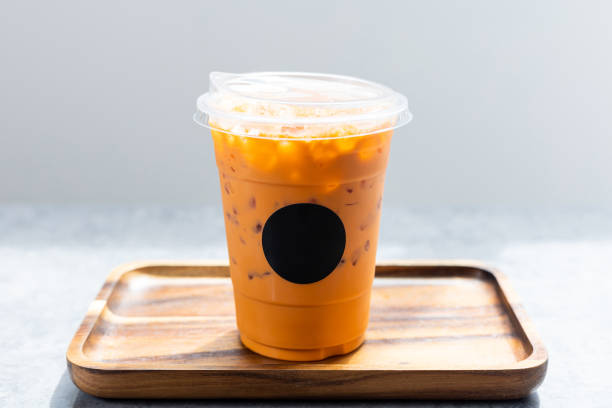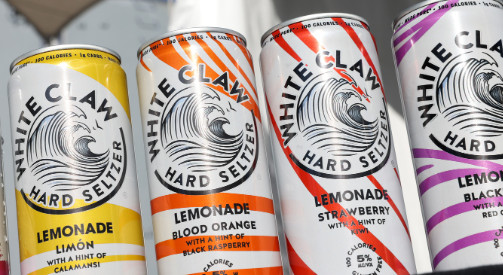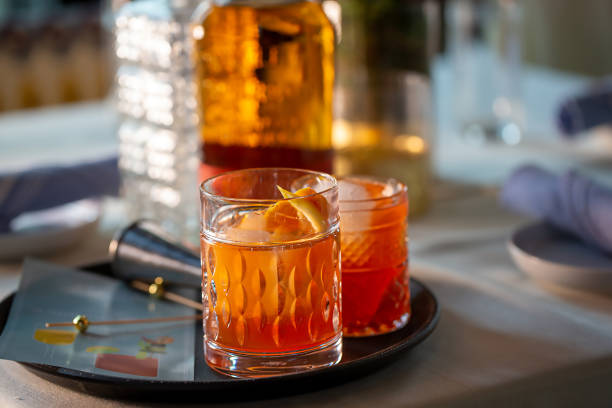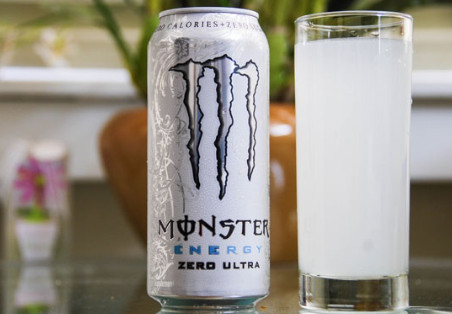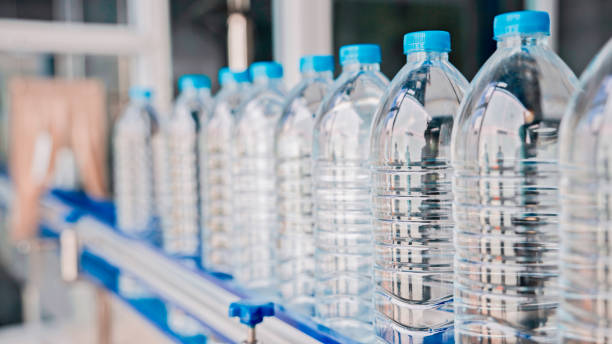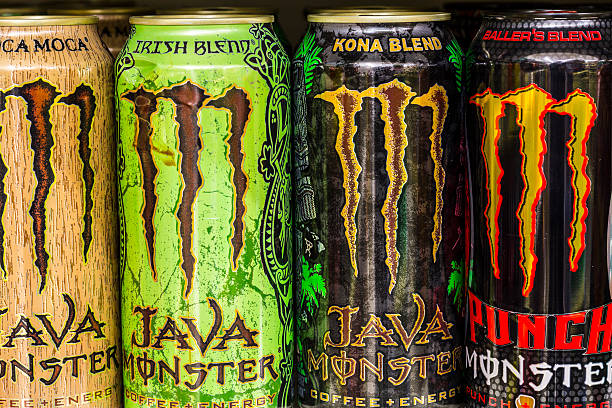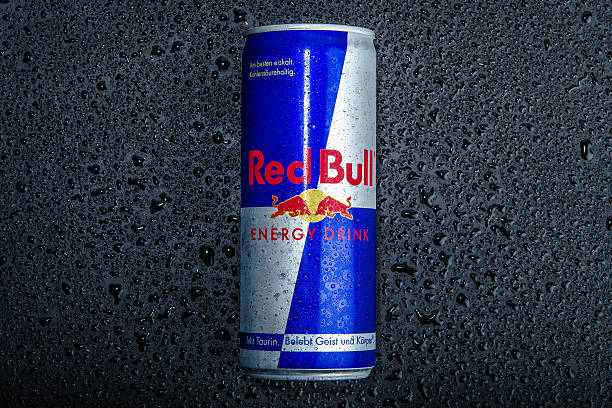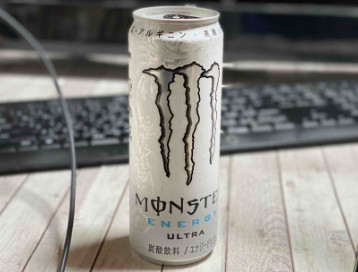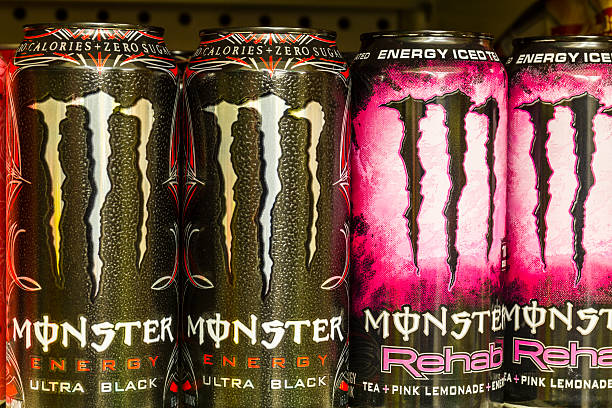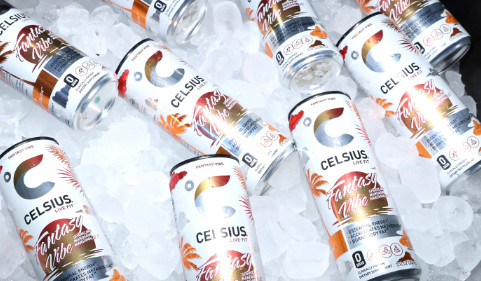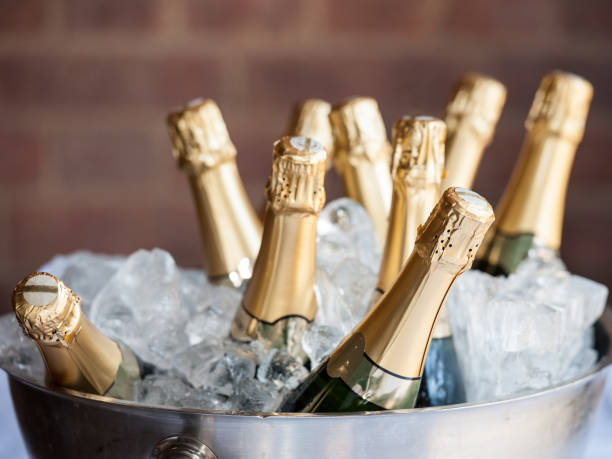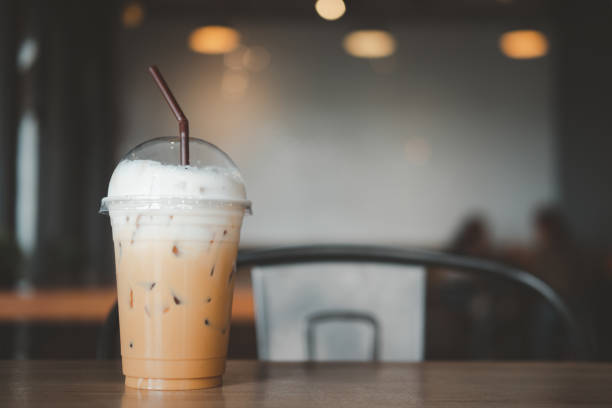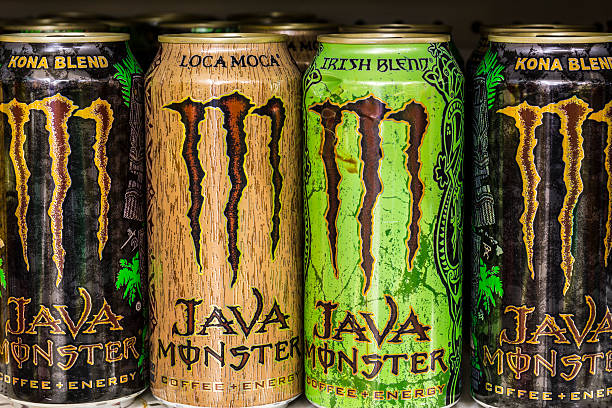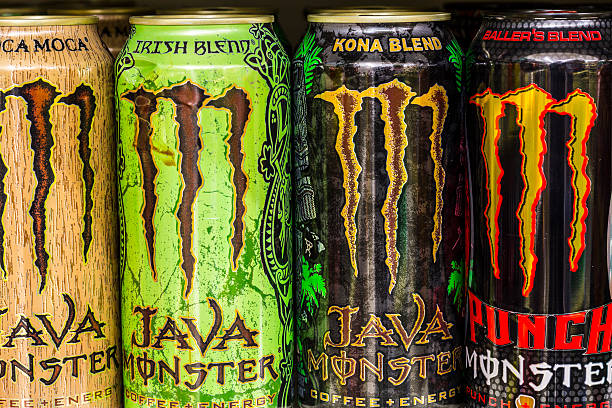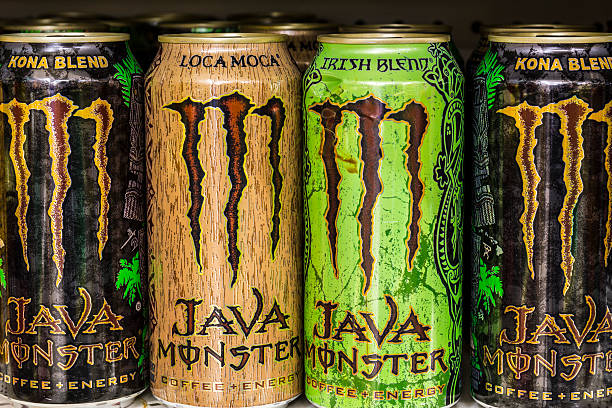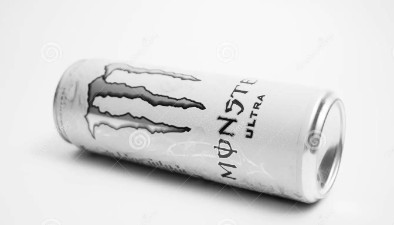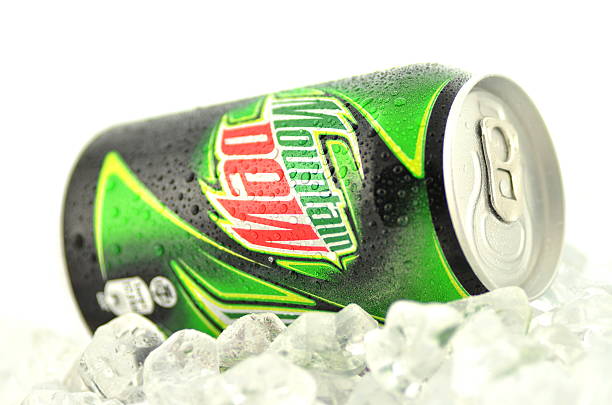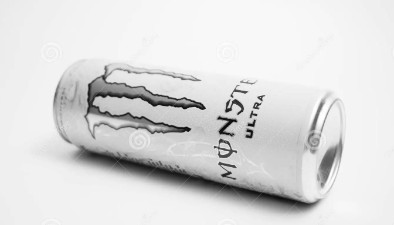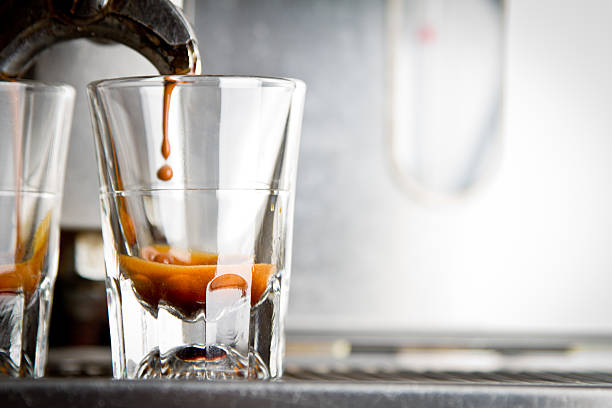When it comes to celebrating milestones, toasting to achievements, or simply enjoying the finer things in life, champagne often takes center stage. But as you prepare to pop the cork of that exquisite bottle of bubbly, you might find yourself wondering, “how many glasses of champagne to a bottle?” It’s a common question that crosses the minds of hosts and hostesses aiming to ensure their celebration is as seamless and memorable as possible.
In this guide, we’ll uncork the answer to this sparkling question, providing you with the essential information needed to plan your servings perfectly. Whether you’re orchestrating an intimate gathering or a grand affair, understanding how many glasses you can pour from a single bottle of champagne will help you celebrate more efficiently and elegantly. So, let’s dive into the bubbles and discover the key to perfect pours and toast-worthy moments.
The History and Significance of Champagne Bottles
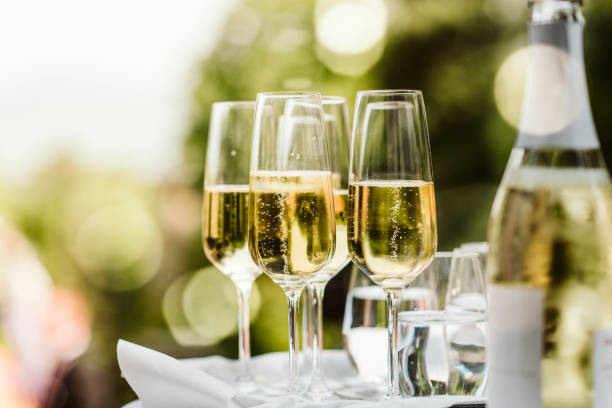
The History and Significance of Champagne Bottles
The special bottles and names have an interesting backstory. In the 19th century, champagne producers shipped their wines in bulk to England. Wine merchants there bottled and sold it, naming the big bottles after Biblical kings.
Today, the sizes highlight champagne’s illustrious role in celebration and indulgence for centuries. The pops of corks from Jeroboams and Nebuchadnezzars now mark new ships being christened, World Cup victories, and countless special moments.
A Primer on Champagne Bottle Sizes
Champagne is sold in a variety of bottle sizes, but the standard is 750ml. This contains about 25 ounces of bubbly nectar.
Larger bottle sizes include:
- Magnum – 1.5 liters or about 50 ounces. Equal to two standard 750ml bottles.
- Jeroboam – 3 liters or approximately 100 ounces. Holds 4 regular bottles.
- Methuselah – 6 liters or 200 ounces. Equivalent to 8 standard champagne bottles.
- Salmanazar – 9 liters or about 304 ounces. Holds 12 regular bottles.
- Balthazar – 12 liters or 405 ounces. Equal to 16 standard bottles.
- Nebuchadnezzar – 15 liters or 507 ounces. The equivalent of 20 regular 750ml bottles.
Determining Champagne Glass Size
Champagne is generally served in tall, narrow flute glasses between 150 to 300ml. The shape preserves carbonation and highlights the bubbles. Champagne coupes – those wide, shallow glasses – are aesthetically pleasing but allow bubbles to dissipate quickly. For yield calculations, we’ll assume a 5 to 6 ounce (150ml) pour is standard. But remember, glass size affects this. Let’s crunch the numbers.
Calculating Glasses Per Bottle
Now for the golden question – how many typical 5 to 6 ounce pours come from different champagne bottle sizes?
- A 750ml bottle yields about 5 to 6 glasses (150ml each).
- A Magnum (1.5 liters) holds around 10 to 12 glasses.
- A Jeroboam (3 liters) pours approximately 20 to 24 glasses.
- A Methuselah (6 liters) yields 40 to 48 glasses.
- A Salmanazar (9 liters) provides 60 to 72 glasses.
- A Balthazar (12 liters) gives 80 to 96 glasses.
- Finally, a grand Nebuchadnezzar (15 liters) offers 100 to 120 glasses!
As you can see, the larger bottles allow you to serve many more guests while opening fewer bottles. Now let’s go over some best practices for maximizing your yield and enjoying optimum champagne.
Proper Pouring for Quality and Quantity
Pouring champagne properly ensures the best flavor and maximizes your bottle’s yield. Here are some tips:
- Chill champagne to 45-50°F before serving to prevent rapid bubble loss from warm bottles.
- Keep the bottle inclined when pouring to prevent gas escape.
- Pour 1 to 2 ounces at a time for ideal carbonation.
- Pour down the side of a tilted flute so bubbles are preserved.
- Stop pouring when bubbles reach the top to maintain carbonation.
- Close bottles immediately since champagne starts to go flat once opened.
Storing Open Champagne Bottles
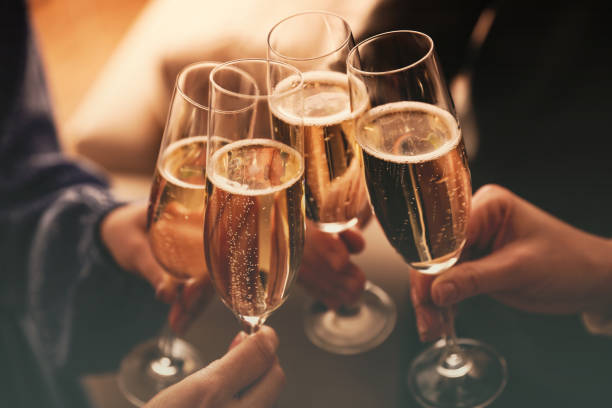
Storing Open Champagne Bottles
Leftover champagne? Use these methods to keep open bottles fresh longer:
- Refrigerate immediately and consume within 3 days.
- For magnums or larger formats, re-cork and refrigerate. They’ll last up to a week.
- Invest in a vacuum stopper to remove oxygen and extend shelf life.
- Some swear by dropping in a silver spoon to prevent bubbles from dissipating.
- In desperate times, try the plastic wrap trick – seal the top with plastic wrap secured by a rubber band.
With care, you can enjoy open champagne for several days. Now let’s look at estimating bottle needs.
Calculating Bottles Needed for Events
When hosting celebrations, use these tips to buy the right champagne quantities:
- Count total guests and assume each drinks 1-2 glasses as a starting point.
- Given the glass yields above, determine the number of standard or larger format bottles needed.
- Build in extra bottles as insurance – people tend to consume more at parties!
- For cost savings, buy larger bottles when appropriate to the headcount.
- Remember leftovers can be preserved if properly stored.
With the glasses-per-bottle info above, you can easily estimate, budget for, and fully enjoy the champagne at your next soiree.
Selecting Bottle Sizes and Serving Chilled
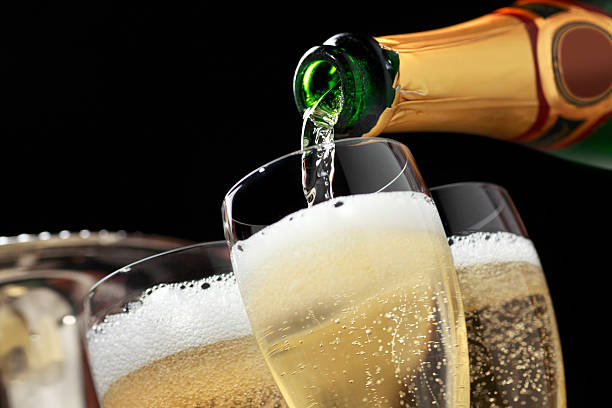
Selecting Bottle Sizes and Serving Chilled
When choosing bottle sizes, consider:
- The number of guests – bigger parties call for larger formats.
- Serving logistics – fewer open bottles means less waste.
- Storage capacity – bigger bottles take up more fridge space.
- Budget – larger bottles offer economies of scale.
- Environmental impact – bigger bottles use fewer materials.
And never forget – always chill champagne thoroughly before serving! Proper temperature keeps the bubbles zipping.
Conclusion: How Many Glasses of Champagne to a Bottle
Calculating champagne yields for events or knowledge takes just three simple steps:
- Know the standard bottle sizes – 750ml, Magnum, Jeroboam, and so on.
- Memorize how many typical 5-6 ounce pours each size holds.
- Use the glasses per bottle to estimate needs for any occasion.
Mastering these fundamentals lets you perfectly plan and execute champagne-centric celebrations. Simply use the bottle’s size and volume to determine how many guests it will serve. Then pick the ideal formats, chill thoroughly, and pour properly to delight guests with beaming bubbles.
When it comes to champagne yields, the mantra is “Size Matters.” But with the handy guidelines above, you can confidently choose, serve, and enjoy champagne in any quantity. Just be sure to relish each celebratory bubble – and keep the corks popping.

